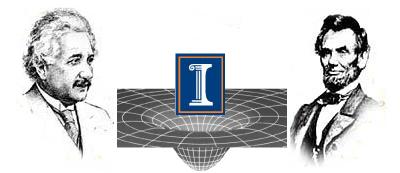General-Relativistic Simulations of Black Hole-Neutron Star Mergers: Effects of Tilted Magnetic Fields

- Zachariah B. Etienne
- Vasileios Paschalidis
- Stuart L. Shapiro
Abstract
Black hole-neutron star (BHNS) binary mergers can form disks in which magnetorotational instability (MRI)-induced turbulence may drive accretion onto the remnant BH, supporting relativistic jets and providing the engine for a short-hard gamma-ray burst (SGRB). Our earlier study of magnetized BHNSs showed that NS tidal disruption winds the magnetic field into a toroidal configuration, with poloidal fields so weak that capturing MRI with full-disk simulations would require ~ 108 CPU-hours. In that study we imposed equatorial symmetry, suppressing poloidal magnetic fields that might be generated from plasma crossing the orbital plane. Here we show that initial conditions that break this symmetry (i.e., tilted poloidal magnetic fields in the NS) generate much stronger poloidal fields in the disk, indicating that asymmetric initial conditions may be necessary for establishing BHNS mergers as SGRB progenitors via fully general relativistic MHD simulations. We demonstrate that BHNS mergers may form an SGRB engine under the right conditions by seeding the remnant disk from an unmagnetized BHNS simulation with purely poloidal fields dynamically unimportant initially, but strong enough to resolve MRI. Magnetic turbulence occurs in the disk, driving accretion and supporting Poynting-dominated jet outflows sufficent to power an SGRB.
